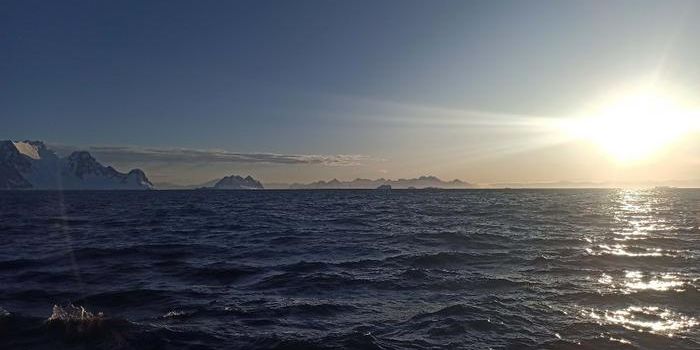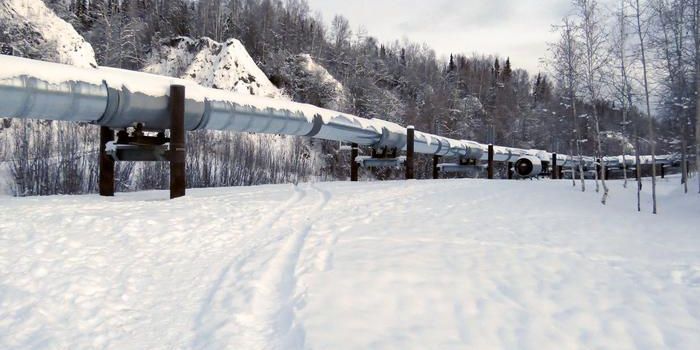Solar methanol islands
A study published earlier this month in the journal Proceedings of the National Academy of Sciences takes the term futuristic to the next level. Imagine: floating sea-bound solar farms capable of turning carbon dioxide in the ocean into fuel. The researchers behind the idea are calling them “solar methanol islands”.
“This is just one of the many things we should be doing to control climate change, along with having better insulation in our homes, having higher efficiency in car engines and driving electric vehicles,” said co-author Bruce Patterson, a physicist at the University of Zurich. “This is just one piece of a mosaic.”
By the mosaic, Patterson means that this isn’t the be-all-end-all solution to fixing climate change – but it could be an important part of it. The methanol produced from the floating solar farms could be used to as an alternative to jet fuel, long-haul trucks, ships and non-electrified railroad systems. “We have to do something like this if we want to save the planet but still be able to fly airplanes,” Patterson commented. "We have to do everything we can to save the planet, and this will hopefully be a small part of it."
So how would they work? As the paper details, the solar farms would look like about 70 circular solar panels making up the “islands” over an square kilometer. Each solar farm would be capable of producing more than 15,000 tons of methanol a year (that could fuel a Boeing 737 for over 300 round-trip flights between New York City and Phoenix). As NBC News reports, “Electricity produced by the panels would be used to split water molecules into hydrogen, which would then react with CO2 extracted from seawater to produce methanol.” In an alternative system, the floating solar farms could also be used to generate electricity.
Because methanol is cleaner than fossil fuels, it is a better option than burning coal, for example. And the carbon dioxide that releases into the atmosphere that ends up going back to the ocean, could be reused by the floating solar farms over time.









